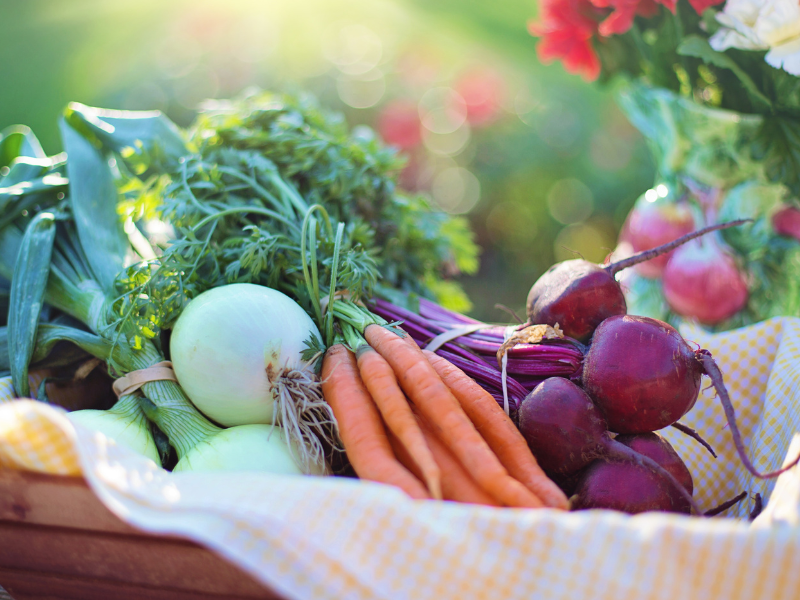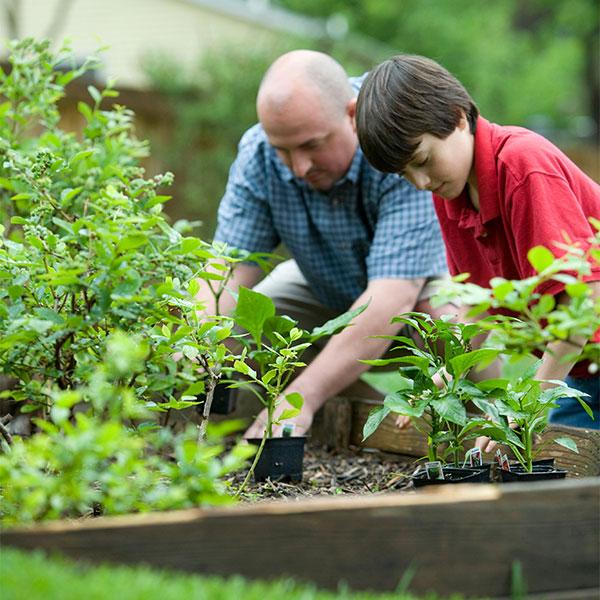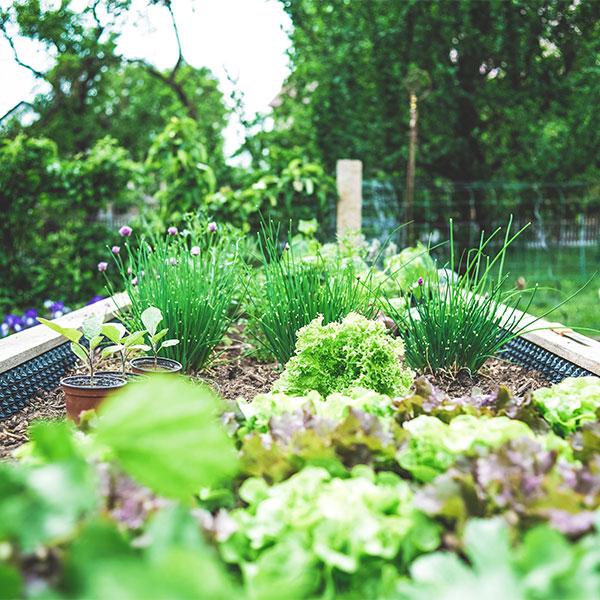Deciding what plants will do well on your homestead is actually a little more strategic than most people think. Light, temperature, humidity, and soil moisture can all greatly affect how well your plants do throughout the year.
Light – It is important to take into consideration how much light certain plants will need in order to thrive. When you buy your seeds, it will usually tell you if they require high, medium or low lights. For example, if a plant requires partial shade and it is exposed to light directly, the plant won’t do well. Make sure to research every plant and its requirements before planning out what you’ll have in your garden.
Soil Moisture – The success of your plants greatly depends on how well your soil retains moisture. If the moisture of the soil is good, plants will easily absorb the soil water and its nutrients. Soil moisture is even used to predict if flooding will occur too. 1
Temperature – Most plants can handle fluctuations in temperature. In general, foliage plants grow best between 70 degrees and 80 degrees F. during the day and between 60 degrees to 68 degrees F. at night. Most flowering plants prefer the same daytime temperature range, but grow best when nighttime temperatures range from 55 degrees to 60 degrees F. A good rule of thumb is to keep nighttime temperatures 10 to 15 degrees lower than daytime temperatures.2 This is important because it allows plants to recover from moisture loss.
Humidity – Getting the right amount of light and water is important but so is the amount of moisture in the air. Some plants have evolved by developing thick or waxy leaves to retain water while others have not had the need to. For people who live in dry climates but have a knack for growing plants, consider building a greenhouse. This will allow you to control the temperature and humidity year round while having an array of beautiful plants.
Plant Hardiness Map
The United States Department of Agriculture created a “Plant Hardiness Map” for gardeners and growers that helps determine the minimum temperature plants, flowers and trees will survive and thrive in. The zones are divided into 10-degree Fahrenheit ranges that you can search specifically by your zip code.
Growing Plants by Your Climate Zone To help give you a head start, the Ready Store has created a downloadable/printable PDF of vegetables (and some fruits!) that will do well in your climate zone. It will give you an in depth look of when you can plant the vegetables, how much room you’ll deep and how deep you’ll need to bury them.
Download Your Free Copy Today
References 1. https://earthzine.org/2015/02/03/why-should-we-think-about-soil-moisture/ 2. https://aggie-horticulture.tamu.edu/ornamental/a-reference-guide-to-plant-care-handling-and-merchandising/light-temperature-and-humidity/














